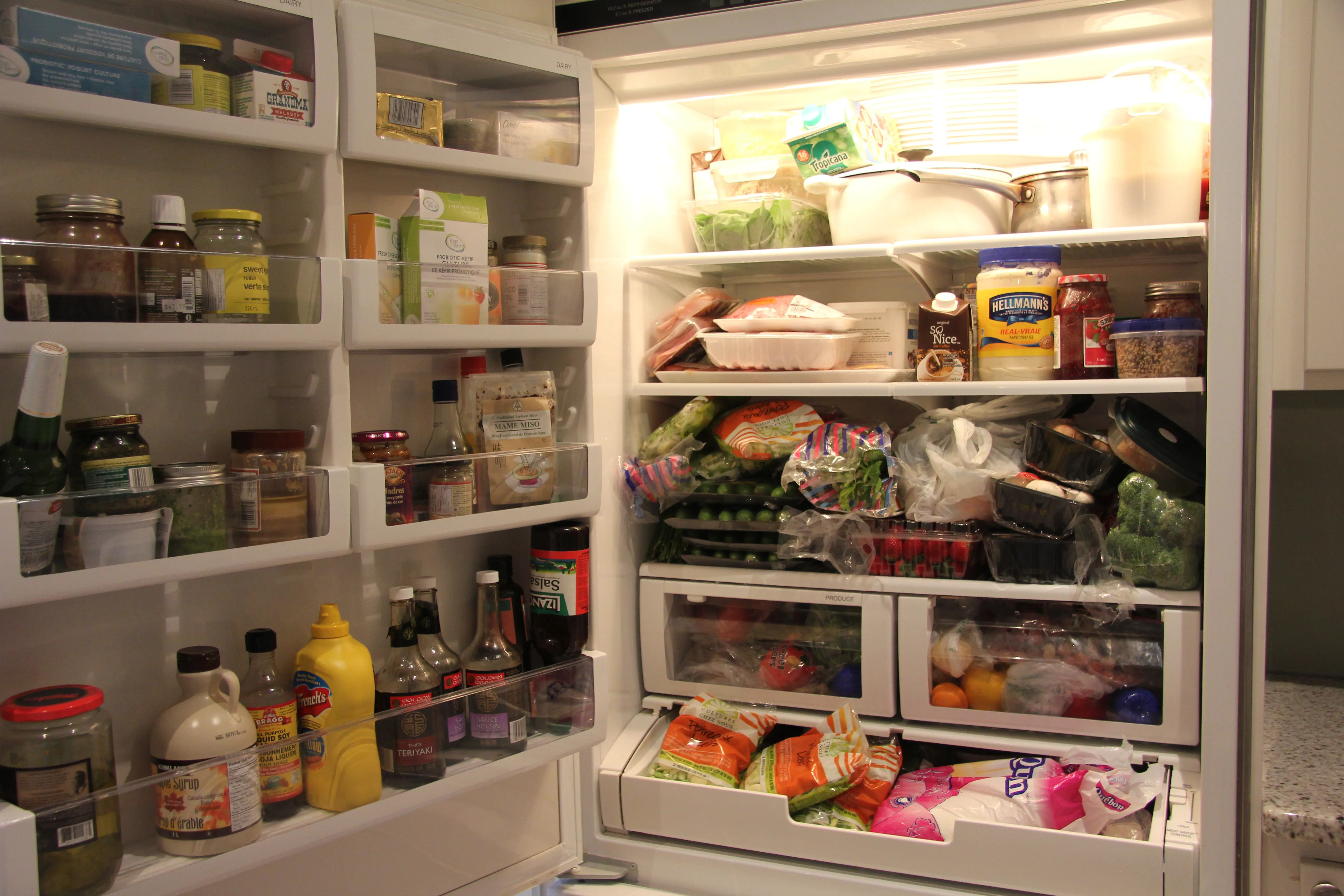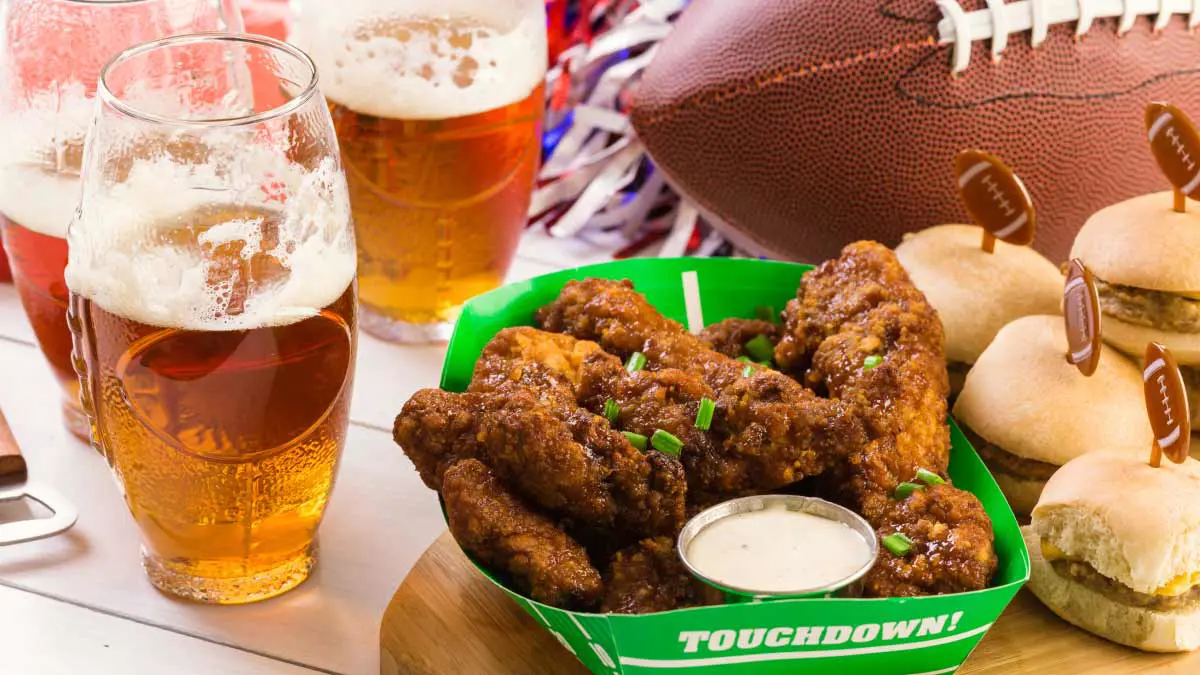Since a few years now your physician keep an eye on your sugar level. Frequent blood test, he's warning you about eventually suffering from diabetes.
" Be careful about foods and move more ", says your physician at each annual exam. And you answer : « Yes doctor, i'll do it. It's just been stressful lately and I wasn't careful. » But life goes by fast, stress remains and you're not able to do so.
This year, a diagnosis is confirmed : type 2 diabetes. You leave the doctor's office with a prescription : "Change your food habits, move more and come back in three to six months for an exam." If the situation doesn't improve, your physician tells you that he'd eventually have to go a step further : medication.
Troubled by the news, your first reaction is : cuts over sugars. No more desserts and fruits, sweets, pastas, bread, fries, replace regular soft drinks by sugar free ones. You're convinced to be on the right road. However, the devide measuring your sugar level says otherwise. What's wrong?
1. Avoid sweeteners
At first sight, it seems amazing. Sugar taste without the carbohydrates. Even with the fact of being said safe based on government authorities, these substances from natural or synthetic extract could be tricky. It keeps sugar taste which is making us feel like eating more sugary foods. By fooling our brain with a feeling of sweet flavours, the body triggers an insulin reaction, but since there's no carbohydrates to metabolize, glycemia could lower and your body would react by sending a feeling of hunger to bring back glycemia to a normal level.
For exemple : Sipping a diet cola in the afternoon could make you crave for more and make you give in for a chocolate bar or for some galette from your office's vending machine. Snacks that will make your sugar level in for a ride on a rollercoaster!
2. Limit processed foods
These foods are often easily assimilated and allows carbohydrates contained into foods to be absorbed quickly. Highly palatable, people tends to eat it more than any other meals. Additionally, these foods are rich in energy either in lipids, carbohydrates or both. Results are : glycemia rise quickly.
Some exemples :
Fried potato. Assimilated faster than it's oven baked version eaten with peel and since fries are popular for quebeckers, people tend to eat it more than it's baked original version.
Drink natural fruits juice instead of a fresh fruit. Natural fruit juice without all pulp fibers will be assimilated faster than a whole fruit. Even more when you know that a glas of 250 ml contains two times more carbohydrates than a whole fruit and that the digestive effort is reduced at minimum. No need to masticate, no shaking in the stomach, juice quickly take the road of blood circulation. On the other hand, the whole fruit represent a bigger challenge for the digestion! The body has to be like a mixer and tranform everything into a smoothie, which requires time. Also, the presence of fibers in the fruit pulp act like a filter in the instestine and lower the speed of simple carbohydrates intake in the blood.
3. Don't fear carbohydrates
Your body need it. However, learn how to dose the amount in each meals.
Carbohydrates, everyone needs it, and at this, a great amount. Depending of referential foods standarts, 50% of our daily energy should find it's sources into carbohydrates. The secret is how carbohydrates are divided : to divide equally over 3 meals and daily snacks.
Wrong exemple :
| Breakfast 1 package of nature flavoured oatmeal with 175 ml of milk, 5 ml of brown sugar and 15 ml of whole chia seeds ½ banana 1 coffee | 52 gof carbohydrates |
| Snack Chewy bar Go Pure from Leclerc, 1 coffee | 16 g of carbohydrates |
| Lunch Vegetables soup Meat sauce spaghetti (1 cup of pastas) Green salad with vinaigrette | 55 g of carbohydrates |
| Dinner Chicken, turmeric creamy sauce , ¾ cup of basmati rice and steamed vegetables 2 Célébration butter cookie with avec 70% black chocolate | 53 g of carbohydrates |
| Total | 176 g of carbohydrates |
4. Focus over fibers and proteins
These two nutrients are allies of the pancreas and insulin by allowing a low and progressive distribution for nutrients from the intestinal lumen to the bloodstream.
- For a meal : target a minimum of 20 g of proteins and 5 g of fibers.
Eggs sandwich (2 eggs/whole grain bread)
Greek yogurt 100g
½ sac plastique à sandwich de bâtonnets de poivron, celery and snow peas. - For a snack : target at least 4g of proteins and 2 g of fibers.
Kashi chewy bar;
Belsoy pudding ;
¼ cup of almonds and ½ cup of fresh grapes.
5. Be decisive when you succumb to desserts
Desserts and sweets are part of our food environment and to cut it off entirely may keep a feeling of deprivation or frustration which, sooner or later, will lead you to give in. Once you'll transgress this prohibition, you'll tend to overflow. So, your glycemia will rise quickly. Thus, better avoid restrictions and plan something out.
In order to understand everything clearly, let's set an exemple. You're enjoying a beautiful night out at the restaurant and crave for this deliciously looking chocolate mousse cake. Since only one part of the cake is easily about 60 g of carbohydrates, we have to be wise. The strategy : limit carbohydrates in the remaining meal by focusing on fibers and proteins. How ? Don't come to hungry to go all in with the bread. Afterward, chose an appetizer like mesclun salad, a soup or salmon tartare. Then continue with a main meal made with meat, poultry or fishes and ask to the chef for a surplus of vgetables to replace stratchy.
More importantly, be sure to keep yourself some space for the dessert! Leave few bites in each plates at each services. If the dessert is served and you're satiated, you'll be disappointed, flavours are less present when hunger isn't felt anymore.
You're searching for desserts, rich in fibers and proteins? Pastas meals low in carbohydrates? We made delicious recipes especially adapted for diabetics.




